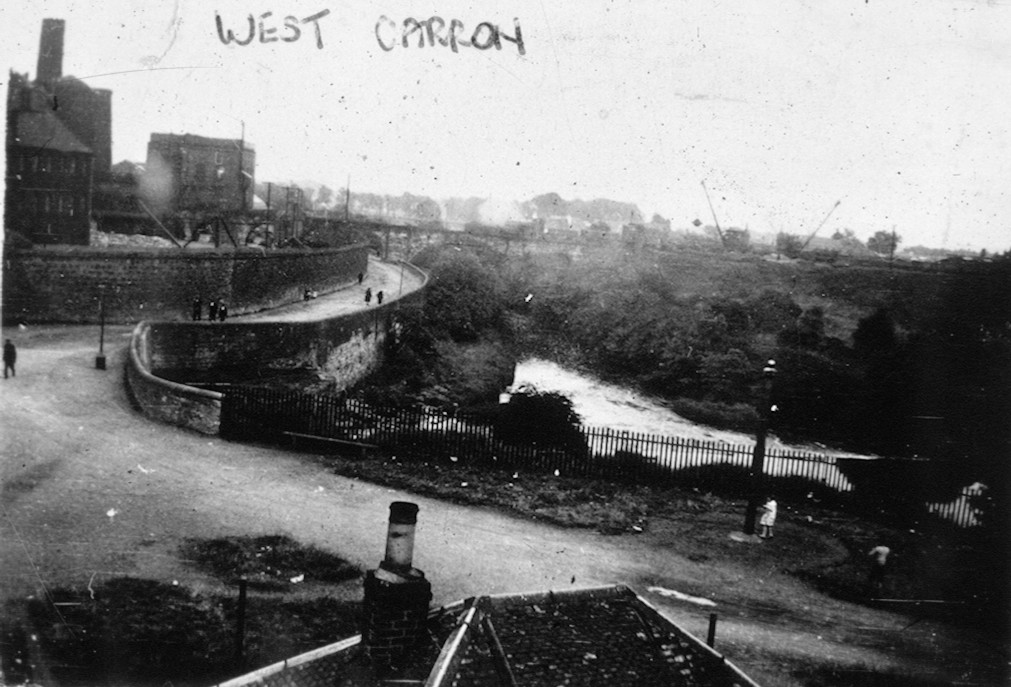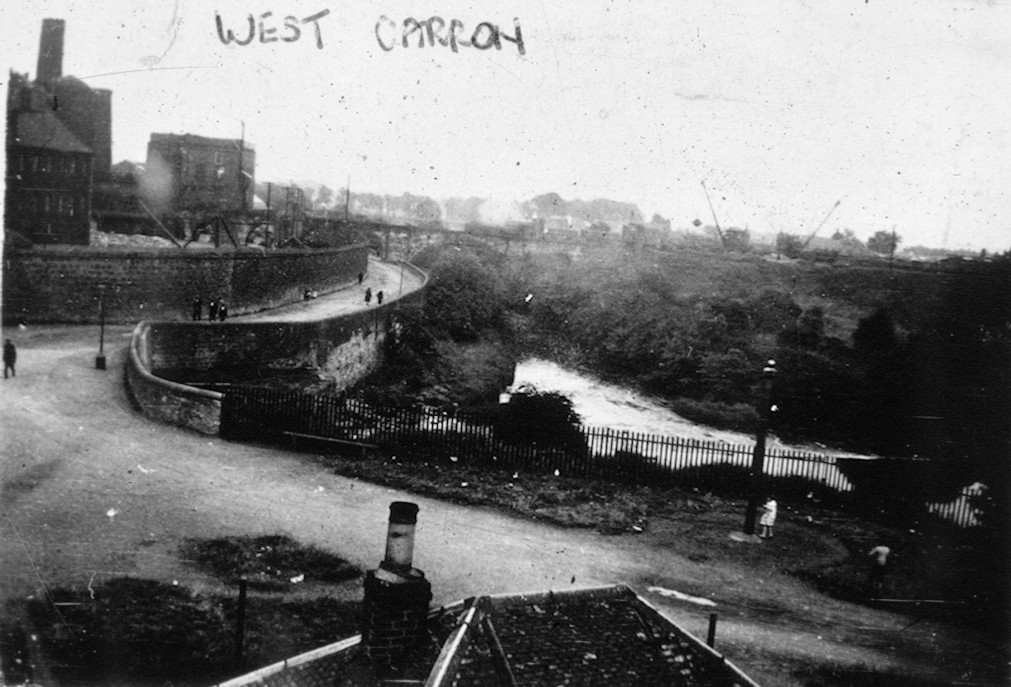Find out why the Carron Company employed swans and enjoy local recollections about these unusual workers.
[the swan's] job was to keep the weeds in check, therefore ensuring the free flow of water which was vital to the iron making process.
fields['text']) echo $section->fields['text']; ?>
Not everyone who contributed to the smooth running of the Carron Company was human, a large number of swans were encouraged to take up residence in the Carron Dams. At one point, there were around a hundred swans, though they were not there for decoration. Their job was to keep the weeds in check, therefore ensuring the free flow of water which was vital to the iron making process. This was particularly important in the man-made lade which ran from the River Carron at the viaduct in Larbert to the Dams’ entrance. Humans were also part of this maintenance process. Early tenancy conditions of West Carron village stated that the women folk of the village were to dredge the lade, using long handled ladles whilst perched precariously on make-shift wooden rafts. Clearly, this must have been cumbersome work compared to the elegant nibbling of the swans.
Such was the importance of the role that the swans played that a swan attendant was employed by the company to oversee their wellbeing.
fields['text']) echo $section->fields['text']; ?>
Such was the importance of the role that the swans played that a swan attendant was employed by the company to oversee their wellbeing. The swans were fed a mixture of corn, oats and scraps of bread. Their wings were clipped so they could not escape their employers. Despite the company’s best attempts to protect the wellbeing of the swans, there is a tale from the late 1800s of an eccentric clerk from the counting house. The story goes that he would frequently cook his breakfast over a small gas stove in the office. His fellow workers were surprised to find him one morning cooking a swan’s egg that he had raided from a nest he had passed on his way to work.


Recollections
Logan Scott has vivid memories of the swans and the swan attendant. He remembers many happy times visiting his grandfather, William Reid, who was a retired moulder from the works. He retired around 1944 after 56 years of service. Logan spent a great deal of time assisting his grandfather in his allotment and they would visit Carron Company once a week so that his grandfather could collect his pension. They would always bring produce from the allotment with them to distribute to his former workmates.
During the school holidays, Logan and his grandfather would get the circular bus via Camelon and get off at Larbert viaduct to walk along the lade. They always had bread to feed the swans. Logan says, “my grandfather obviously knew the swan master because out would come the pipe and the two of them would create a billowing smoke screen. The swan master would drive the swans, that had one wing clipped so they could not fly from the dams, to the weir at the viaduct and they could eat their way back keeping the lade weed free. They were back in the dams when I got to feed them. There were hundreds of those big terrifying beasts. I much preferred the white pigeons in Dollar Park.”
A history of the company, self-published for the Empire Exhibition of 1938, takes great pride in its epilogue in paying homage to the swans:
“The visitor to Carron cannot fail to be impressed by the magnitude of the infinite variety of Carron Company’s activities. And the visitor may also be struck by the sight, in close proximity to a typical industrial scene, workshops, tall furnaces and smoke, of a number of swans peacefully swimming on a pleasant lake. When he learns that this lake was formed by the company’s dams to provide a reservoir and regulate the flow of water for power purposes to the works before the days of steam power, he may applaud the Company’s desire not to divorce Industry from Nature. He may find too in the scene something symbolic of the characteristics of the Carron Company when he learns that the swans in all their ornamental loveliness serve also to keep the water free from weeds, and are thereby, incidentally, with characteristic Scots independence, earning their own living.”
Wildlife of Carron today
Nowadays, there is no evidence of any swans in the Carron Dams. It is now a unique wetland habitat and rich fenland that plays host to a wide range of wildlife, earning it recognition as a Site of Special Scientific Interest (SSSI). What was once a huge lake is almost fully drained with only a small pond in the centre that plays host to a grey heron. The lade towards Larbert viaduct has become particularly choked with weeds and reeds. It is hard to believe that this water once ran fast and clear.
By Thelma Harper and Logan Scott.

